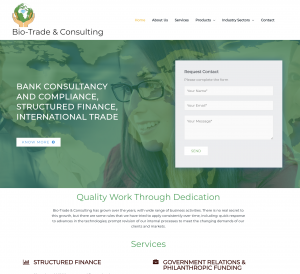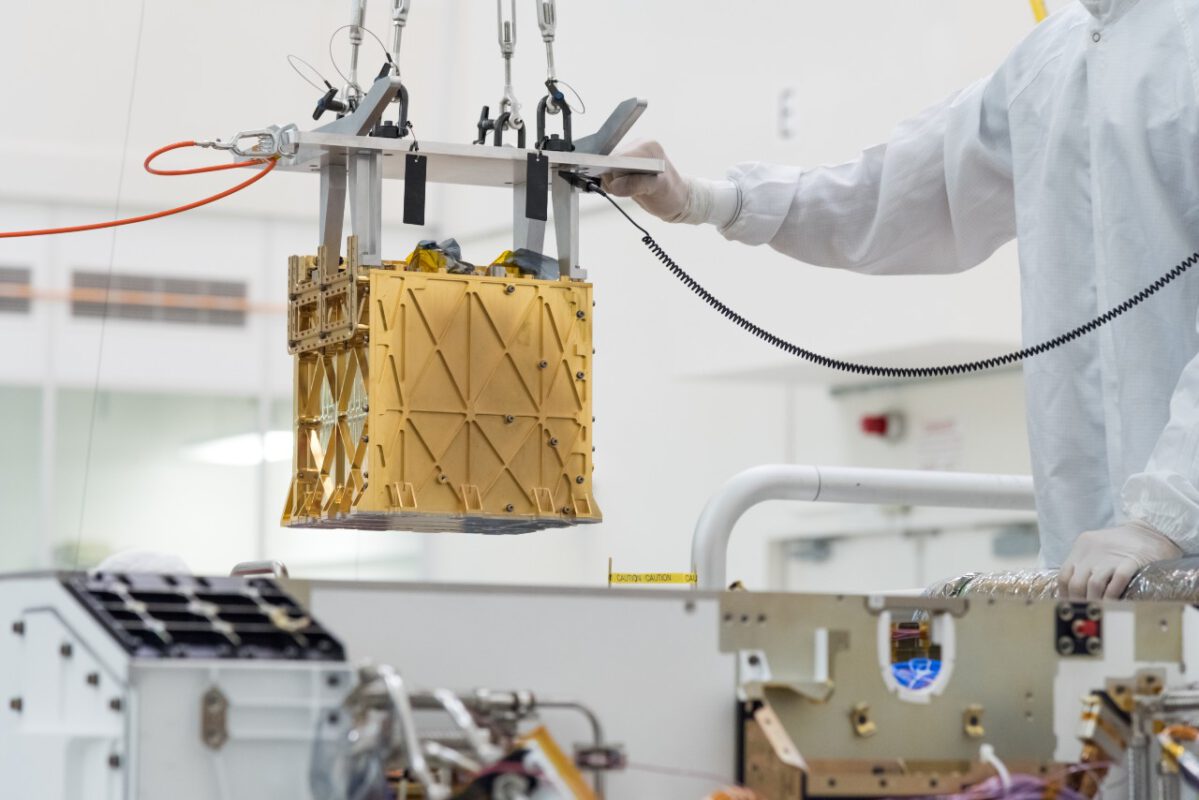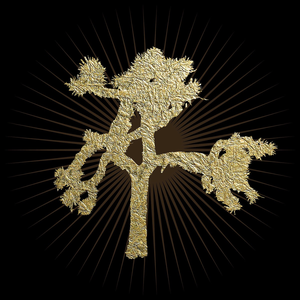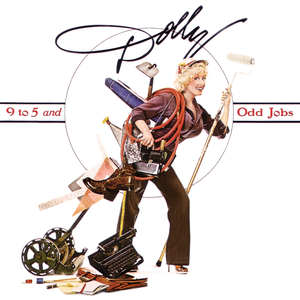Augmented reality (AR) is a technology that overlays digital information onto the real world. It has the potential to revolutionize the way we work and interact with our environment, making tasks more efficient and effective. AR can be applied to various industries, including manufacturing, healthcare, education, and entertainment, to name a few.

One of the most significant benefits of AR is its potential to enhance productivity. By providing workers with real-time information and guidance, AR can help them complete tasks faster and more accurately. For example, in manufacturing, AR can be used to guide workers through complex assembly processes, reducing errors and increasing efficiency. In healthcare, AR can help doctors and nurses access patient information and medical records in real-time, improving the speed and accuracy of diagnoses and treatments.
Key Takeaways
- Augmented reality overlays digital information onto the real world, making tasks more efficient and effective.
- AR has the potential to enhance productivity by providing workers with real-time information and guidance.
- AR can be applied to various industries, including manufacturing, healthcare, education, and entertainment.
Fundamentals of Augmented Reality
Augmented Reality (AR) is a technology that overlays digital information onto the real world. AR is a type of mixed reality, which blends the physical and digital worlds. When using AR, users can interact with digital objects as if they were real, and they can see digital information overlaid on the real world.
Definition and Concepts
AR is different from virtual reality (VR) in that it does not completely replace the real world. Instead, AR enhances the real world by adding digital information to it. AR can be experienced through various devices, such as smartphones, tablets, smart glasses, and headsets.
AR is used in various industries, including entertainment, education, healthcare, and manufacturing. In entertainment, AR is used to create immersive experiences in video games, movies, and theme parks. In education, AR is used to create interactive learning experiences that engage students. In healthcare, AR is used to train medical professionals and to provide patients with interactive health information. In manufacturing, AR is used to improve productivity by providing workers with real-time information and instructions.
History and Evolution
AR has been around for several decades, but it was not until the advent of smartphones and tablets that AR became widely available to consumers. In 2008, the first AR app, called “Wikitude,” was released for the iPhone. Since then, AR has evolved rapidly, and it is now used in a variety of applications.
AR is expected to continue to evolve and become more widespread in the coming years. As the technology improves, AR is likely to become more immersive and interactive. It may also become more integrated with other technologies, such as artificial intelligence and the Internet of Things.
In conclusion, AR is a technology that overlays digital information onto the real world. It is used in various industries and can be experienced through various devices. AR has been around for several decades, but it has evolved rapidly in recent years and is expected to continue to do so in the future.
Augmented Reality Technologies
In this section, I will discuss the hardware components, software platforms, tracking and rendering techniques used in augmented reality technologies.
Hardware Components
Augmented reality technologies require specific hardware components to function. These include a display device, such as a smartphone or tablet, and sensors such as GPS, accelerometers, gyroscopes, and cameras. Some advanced AR devices may also include additional sensors such as depth sensors and eye-tracking sensors.
Software Platforms
There are several software platforms available for developing augmented reality applications. Some of the popular platforms include Unity, Vuforia, ARKit, and ARCore. These platforms provide developers with tools to create and deploy AR applications on various devices. They also offer features such as 3D modeling, tracking, and rendering.
Tracking and Rendering Techniques
Tracking and rendering are two critical techniques used in augmented reality technologies. Tracking involves the use of sensors to track the position and orientation of the device in real-time. This information is used to overlay digital content onto the real-world environment. Rendering involves the process of creating and displaying digital content in a way that seamlessly blends with the real-world environment.
There are various tracking and rendering techniques used in AR, including marker-based tracking, markerless tracking, and projection-based AR. Marker-based tracking involves the use of visual markers to track the position and orientation of the device. Markerless tracking uses computer vision algorithms to track the device without the need for markers. Projection-based AR involves projecting digital content onto real-world surfaces, creating the illusion of digital objects existing in the real world.
Overall, augmented reality technologies rely on a combination of hardware and software components, as well as tracking and rendering techniques to create immersive and interactive experiences.
Productivity Enhancement with AR
As someone who has researched and experimented with the use of Augmented Reality (AR) in the workplace, I can confidently say that AR has the potential to significantly enhance productivity in various ways. In this section, I will discuss some of the ways AR can improve productivity in the workplace.
Workplace Efficiency
AR can help workers complete tasks more efficiently by providing them with real-time information and guidance. For example, workers can use AR headsets to view digital overlays of instructions and diagrams while performing tasks, eliminating the need to refer to physical manuals or computer screens. This can save time and reduce errors, leading to improved productivity.
Task Management and Collaboration
AR can also improve task management and collaboration by providing workers with a shared virtual workspace. For example, workers can use AR to view and manipulate 3D models of products or machines, allowing them to collaborate on designs and identify issues before physical prototypes are created. This can save time and reduce costs, leading to improved productivity.
Training and Skill Development
AR can also be used to train workers and develop their skills. For example, workers can use AR to simulate real-world scenarios and practice procedures in a safe and controlled environment. This can improve their confidence and proficiency, leading to improved productivity.
In summary, AR has the potential to significantly enhance productivity in the workplace by improving efficiency, task management and collaboration, and training and skill development. As AR technology continues to evolve and become more accessible, I believe we will see even more innovative uses of AR in the workplace.
Industry Applications
As augmented reality (AR) technology continues to advance, more and more industries are exploring ways to leverage its capabilities to increase productivity. Here are a few examples of how AR is being used in different industries:
Manufacturing and Logistics
AR is being used in manufacturing and logistics to improve efficiency and reduce errors. For example, workers can use AR headsets to see virtual overlays of assembly instructions, allowing them to complete tasks faster and with fewer mistakes. AR can also be used to optimize warehouse layouts, helping workers find items more quickly and easily.
Healthcare
AR is being used in healthcare to improve patient outcomes and reduce costs. For example, surgeons can use AR headsets during procedures to see virtual overlays of a patient’s anatomy, helping them to perform more precise surgeries. AR can also be used to train medical professionals, allowing them to practice procedures in a virtual environment before performing them on real patients.
Education
AR is being used in education to enhance learning experiences and improve student engagement. For example, students can use AR apps to explore virtual models of historical landmarks or scientific concepts, bringing the subject matter to life in a way that traditional textbooks cannot. AR can also be used to create interactive textbooks, allowing students to engage with the material in a more immersive way.
Retail
AR is being used in retail to enhance the shopping experience and increase sales. For example, customers can use AR apps to see virtual try-ons of clothing or furniture, helping them to make more informed purchasing decisions. AR can also be used to create interactive in-store displays, allowing customers to explore products in a more engaging way.
Overall, AR has the potential to revolutionize a wide range of industries, from manufacturing to healthcare to education to retail. As the technology continues to evolve, we can expect to see even more innovative applications in the years to come.
User Experience in AR
As Augmented Reality (AR) gains popularity, it is important to consider the user experience (UX) in AR. Designing UX for AR is different from designing UX for traditional interfaces. In this section, I will discuss two key aspects of UX in AR: Interface Design and User Interaction Methods.
Interface Design
The interface design of AR applications should be simple, intuitive, and easy to understand. Since AR overlays digital content onto the real world, the interface should not obstruct the user’s view of the real world. The interface should also be consistent with the real world, so that the user can easily understand how to interact with it.
To achieve this, designers should consider the following:
- Simplicity: The interface should be simple and easy to use. Too many buttons or menus can be overwhelming for the user.
- Clarity: The interface should be clear and easy to understand. The user should be able to easily identify what each element represents.
- Consistency: The interface should be consistent with the real world. For example, if the user wants to move an object, they should be able to do so by physically moving their device.
User Interaction Methods
AR applications should also have user interaction methods that are intuitive and easy to use. The user should be able to interact with the AR content seamlessly, without having to think too much about how to do it.
Some of the common interaction methods used in AR include:
- Gestures: Users can interact with AR content by using gestures such as tapping, swiping, and pinching.
- Voice commands: Users can interact with AR content by using voice commands.
- Tracking: Users can interact with AR content by tracking their movements. For example, if the user moves their head, the AR content should move with them.
Designers should consider the context in which the AR application will be used, and choose the appropriate interaction methods accordingly. For example, if the AR application is being used in a noisy environment, voice commands may not be the best option.
In conclusion, designing UX for AR is different from designing UX for traditional interfaces. Designers should consider the interface design and user interaction methods carefully, to ensure that the user has a seamless and intuitive experience.
Challenges and Limitations
As with any new technology, augmented reality (AR) comes with its own set of challenges and limitations that need to be addressed in order to fully realize its potential in enhancing productivity.
Technical Constraints
One of the biggest challenges facing AR is the technical constraints of the hardware and software required to run it. AR requires high-quality cameras, sensors, and processing power to accurately overlay digital information onto the physical world. This can be a significant barrier to entry for companies looking to adopt AR technology, as the cost of the required hardware and software can be prohibitive.
User Adoption Hurdles
Another challenge facing AR is user adoption. While AR has the potential to significantly enhance productivity, it can be difficult to convince users to adopt the technology. Users may be resistant to change or may not see the value of using AR in their work. In addition, there may be a learning curve associated with using AR, which can be a further barrier to adoption.
Privacy and Security Concerns
Finally, there are privacy and security concerns associated with the use of AR. AR technology relies on collecting and processing large amounts of data, including personal information about users and their surroundings. This data must be kept secure to prevent unauthorized access or misuse. In addition, there may be concerns about the use of AR in public spaces, as it has the potential to capture sensitive information about individuals without their knowledge or consent.
Overall, while AR has the potential to significantly enhance productivity, there are a number of challenges and limitations that must be addressed in order to fully realize its potential. By addressing these challenges, we can ensure that AR is used safely and effectively in a wide range of applications.
Future of Augmented Reality
Trends and Innovations
As AR technology continues to advance, we can expect to see several trends and innovations in the near future. One of the most significant trends is the use of AR glasses, which will allow users to interact with the digital world more seamlessly. Companies such as Google and Apple are already investing heavily in AR glasses, and we can expect to see more players entering the market soon.
Another trend that is likely to emerge is the use of AR in retail. With AR, customers can visualize products in their own homes before making a purchase. This is already being done by companies such as IKEA, which allows customers to use their smartphones to place virtual furniture in their homes.
Long-Term Impact on Productivity
The long-term impact of AR on productivity is difficult to predict, but there is no doubt that it will be significant. AR has the potential to revolutionize the way we work, allowing us to access information more quickly and efficiently. For example, AR glasses could be used to display schematics or instructions while an employee works on a machine, reducing the need to look away from the task at hand.
AR can also be used to enhance collaboration, allowing remote workers to feel like they are in the same room as their colleagues. This is already being done by companies such as Spatial, which allows users to collaborate in a shared virtual space.
Overall, the future of AR is bright, and we can expect to see many exciting developments in the coming years. As AR technology becomes more advanced, we will see new use cases emerge, and productivity will continue to increase.
Frequently Asked Questions
How does augmented reality enhance efficiency in business operations?
Augmented reality (AR) enhances efficiency in business operations by providing workers with real-time information and guidance. AR technology can be used to create virtual overlays on physical objects, allowing workers to view information about a product or process without having to refer to a manual or computer screen. This can save time and reduce errors. For example, an assembly line worker can use AR glasses to view step-by-step instructions for assembling a product, eliminating the need to constantly refer to a manual. In addition, AR can be used to train workers more effectively, reducing the time and cost associated with traditional training methods.
What are practical examples of augmented reality increasing productivity in the workplace?
There are many practical examples of augmented reality increasing productivity in the workplace. For example, AR can be used to assist with maintenance and repair tasks by providing workers with real-time information and guidance. AR can also be used to improve quality control by allowing workers to quickly identify defects and potential issues. In addition, AR can be used to improve collaboration and communication among workers by providing a shared visual workspace.
In what ways is augmented reality being integrated into educational settings to improve learning outcomes?
Augmented reality is being integrated into educational settings in a variety of ways to improve learning outcomes. AR can be used to create immersive learning experiences that engage students and provide a deeper understanding of complex concepts. For example, AR can be used to create interactive simulations that allow students to explore scientific concepts in a virtual environment. AR can also be used to provide students with real-time feedback and guidance, helping them to learn more effectively.
What are the key benefits of implementing augmented reality in industry-specific training programs?
Implementing augmented reality in industry-specific training programs can provide a number of key benefits. AR can be used to create immersive training experiences that simulate real-world scenarios, allowing workers to practice and refine their skills in a safe and controlled environment. AR can also be used to provide workers with real-time feedback and guidance, helping them to learn more effectively. In addition, AR can be used to reduce the time and cost associated with traditional training methods, while improving the quality and effectiveness of training programs.
How can augmented reality applications streamline complex task management for improved workflow?
Augmented reality applications can streamline complex task management by providing workers with real-time information and guidance. AR can be used to create virtual overlays on physical objects, allowing workers to view information about a task or process without having to refer to a manual or computer screen. This can save time and reduce errors. In addition, AR can be used to improve collaboration and communication among workers by providing a shared visual workspace.
What advancements in augmented reality are most significant for boosting workplace productivity?
Advancements in augmented reality that are most significant for boosting workplace productivity include improvements in hardware and software, as well as the development of new applications and use cases. For example, advancements in AR glasses and headsets have made the technology more comfortable and user-friendly, while improvements in software have made it easier to create and deploy AR applications. In addition, new use cases for AR are emerging in industries such as manufacturing, healthcare, and education, providing new opportunities for businesses to improve productivity and efficiency.






























